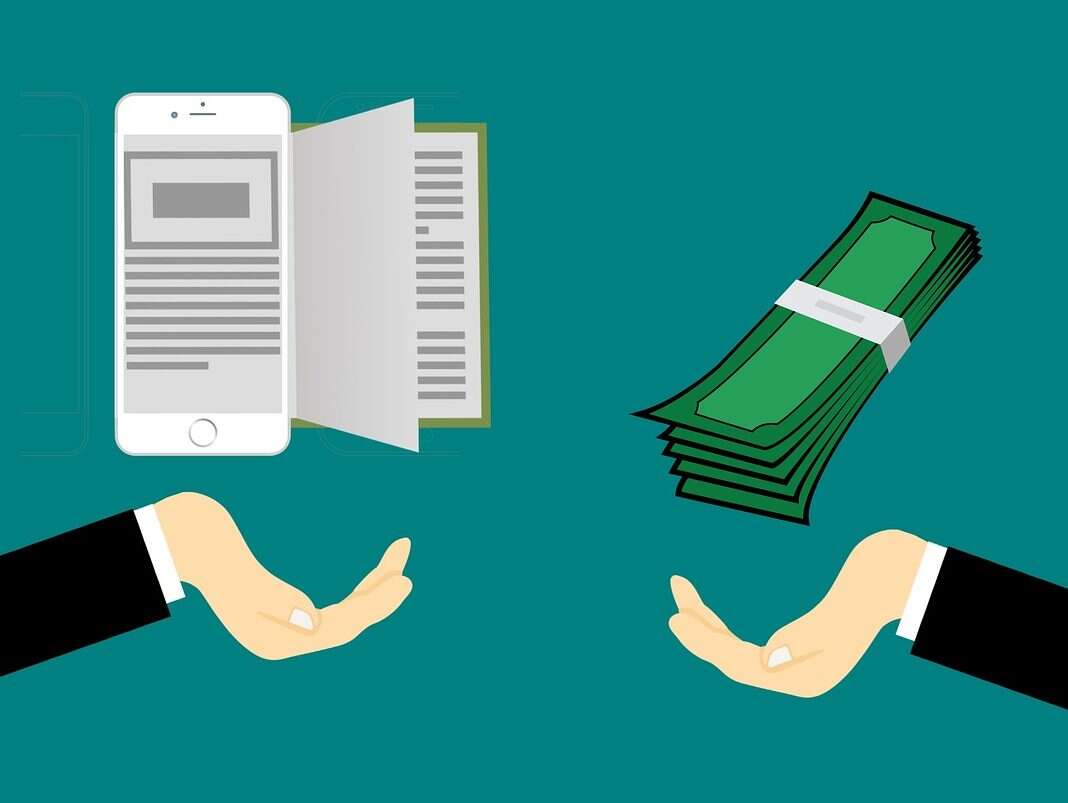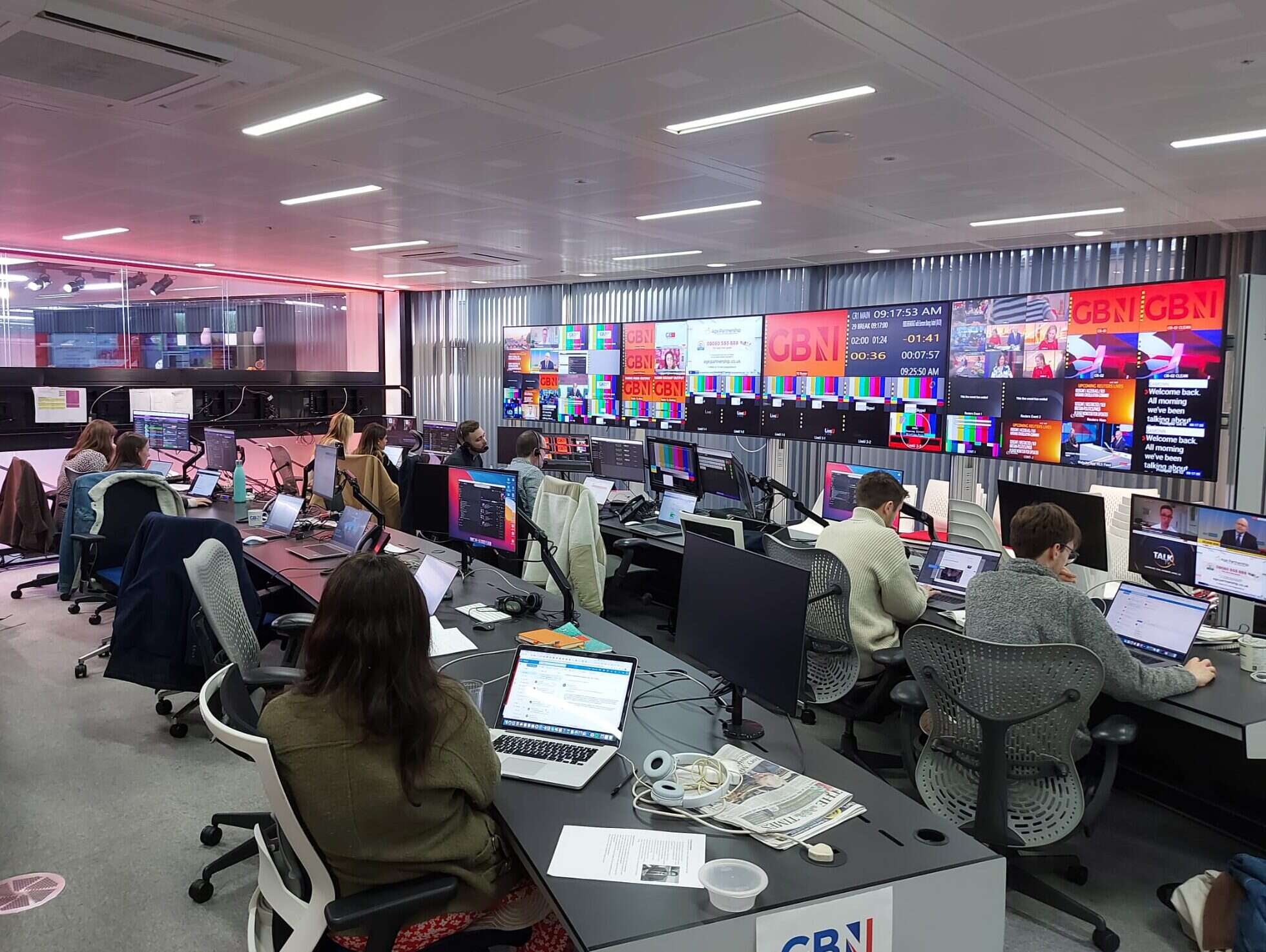
Six in ten in the UK are now willing to pay for online content with 10% saying they would pay to read online news articles, according to new research.
Eighteen to 24-year-olds were least likely to say they would pay (5% of those who would pay for news) but more than double as likely to pay for podcasts (11%).
The next age group up was the most willing to pay, whether via subscriptions or one-off payments, at 12%.
A YouGov survey of 2,066 adults, carried out last month, also found that the split was distinct between social classes, with 13% of middle class (ABC1) respondents saying they would pay compared to working classes (C2DE) on 5%.
The finding emphasises concerns shared by the likes of PA Media managing director Polly Curtis who has warned that although subscriptions are “better for journalism” they are elitist as they exclude people who can’t pay for journalism.
This latest survey contrasts with the Reuters Digital News report which found that in April some 7% of Britons said they had paid for news online over the previous year (based on a sample size of 2,000).
The survey was commissioned by Stripe, an online payment technology company that helps companies including News UK, The Economist and Substack monetise their content and manage their subscription services.
The figures for people willing to pay for online content were dominated by movies and TV shows (47%) and music (33%) – and 39% said they would not pay for any.
Ellen Moeller, head of EMEA partnerships at Stripe, noted that although just 10% of respondents said they would pay for online news this was “actually pretty significant” in terms of Britain's population size and it would be “prudent” for publishers to invest in non-advertising models whether subscriptions, one-off payments or freemium.
She told Press Gazette it was promising that although Gen Z (young adult) consumers were the least likely to pay for online news, 25 to 34-year-olds were the most likely.
“That's the group that's probably making money themselves in their own right, they have more disposable income,” she said.
“It would be a different story if you saw it was just the 60-pluses who were willing to pay but actually we're seeing quite young generations willing to, so from our perspective we expect to see that continue to grow over time and as people graduate up and get more used to paying for content then it's likely to spill over into more areas.”
People are 'sick of ads'
Half of respondents (49%) said they read less online news than they would like because of the number of adverts they come up against. Over-55s were most put off by adverts (54%) whereas 18 to 24-year-olds appeared to accept them most willingly (42%).
Moeller said: “People really don't want to see ads, they're sick of ads. They would rather consume content where ads were not there.
“That is pretty consistent with what we've seen in terms of a lot of the changes that are happening in the way monetisation can happen online.
“If you look back 10 to 15 years the only way for creators and publishers to monetise online was through an advertising model and there, I think, was a bit of a hypothesis that the only reason for that was because people just weren't willing to pay for media online.
“But actually what we're starting to see is that's not really true. And so our hypothesis is that it wasn't really a lack of willingness problem but really an infrastructural problem that was preventing creators and publishers from being able to monetise in non-advertising ways and real value creation ways.”
Improved infrastructure and technology, internet speeds and the ability to consume content anywhere on mobile “has made this world that was so heavily in ads shift to an infrastructure that enables other options”, she added.
Despite this the survey indicated uneasiness about the idea of paying for social media platforms in a package that shows users less advertising, with three-quarters saying they would not be willing to pay a small fee. There was a similar response across the age groups.
Twitter has just started trialling its first subscription service, Twitter Blue, in Australia and Canada, charging users $3.49 CAD/$4.49 AUD for features including bookmark folders, an undo tweet function, a reader mode to make threads easier to read, and customisable themes. It does not currently offer fewer ads.
Interest in 'one-stop shop'
Almost half (46%) of poll respondents said they would prefer a single subscription that grants access to a number of news websites rather than having to take out several separate ones, compared to 38% who disliked the idea.
Those aged 18 to 24 were most on board with the idea of a bundled subscription: 58% supported it compared to 40% of over-55s.
[Read more: Could a Spotify-style model save the global newspaper and magazine industry?]
Some bundles already exist in the market including Pressreader for newspapers and Readly for magazines and a small number of newspapers. But none have all the premium titles needed to compare to Spotify’s place in the music market, while some like Apple+ present a poor deal for publishers.
Moeller said the figures indicated an opportunity for a “one-stop shop” for consuming media to come, but added: “We'll continue to see diversity across [platforms] and that's probably a good thing for the broader diversity of the internet economy.”
Individual creators vs publishers
Over the next 12 months people said they were more likely to pay for online content from mainstream media brands (27%) than individual content creators and journalists (20%) who may be going it alone on platforms like Substack. But this trend was reversed for under-35s, a third of whom said they would rather pay individual creators.
[Read more: Substack, the newsletter platform that's convinced Glenn Greenwald and other high-profile journalists to fly solo]
Moeller, who at Stripe has worked with Substack, Patreon and Clubhouse on their monetisation systems, said: “We do see some of the older population being more drawn towards mainstream media but there is really great potential for both categories if you look at the balance there across the various generations."
In the past year numerous high-profile journalists, particularly in the US, have quit their jobs to go it alone on newsletter platform Substack. They include Glenn Greenwald, who quit the Intercept claiming it had censored his reporting on Joe Biden in October, former Digiday editor-in-chief Brian Morrissey, and ex-New York magazine columnist Andrew Sullivan.
Moeller said there would continue to be a rise in direct-to-individuals payments, with Gen Z in particular showing "a lot of desire to hear from particular journalists or influences that people feel like they trust".
"But it's still an opportunity for media brands - maybe there's a world in which over time you see some coupling or partnerships between the two," she said.
"I do think we're going to continue to see a rise of particular creators and particular journalists having a huge amount of clout and growing their consumer bases and utilising these platforms to get their content out there and monetise that content.
"Some of this infrastructure change in the past few years has meant people have become much more accessible in so many facets and they're in your pocket at all times so people want to interact with them and want to hear from them on a more consistent basis."
[Read more: Substack invests in 'thoughtful and nuanced' local news in Manchester, Liverpool and Sheffield]
Post-pandemic trends
Two-thirds of people said they had not consumed more paid-for online content of any kind during the pandemic than they did before.
Some 13% consumed more and said they will continue to do so post-pandemic, which Moeller noted was "still a huge amount", while 14% also paid for more but plan to stop.
Moeller added: "It seems to me there is still a huge amount of opportunity for creators and publishers to capture those people while we're not quite out of these Covid times yet and actually find other ways of providing information that's really interesting or that's deep-dive or that gives you something you may not have got in a freemium subscription.
"So I actually see it less as a negative stat but more of a huge opportunity stat and it's very interesting to see there are still so many people who say actually I have paid for more and I really liked it and I'm going to continue."
Picture: Pixabay
Email pged@pressgazette.co.uk to point out mistakes, provide story tips or send in a letter for publication on our "Letters Page" blog






